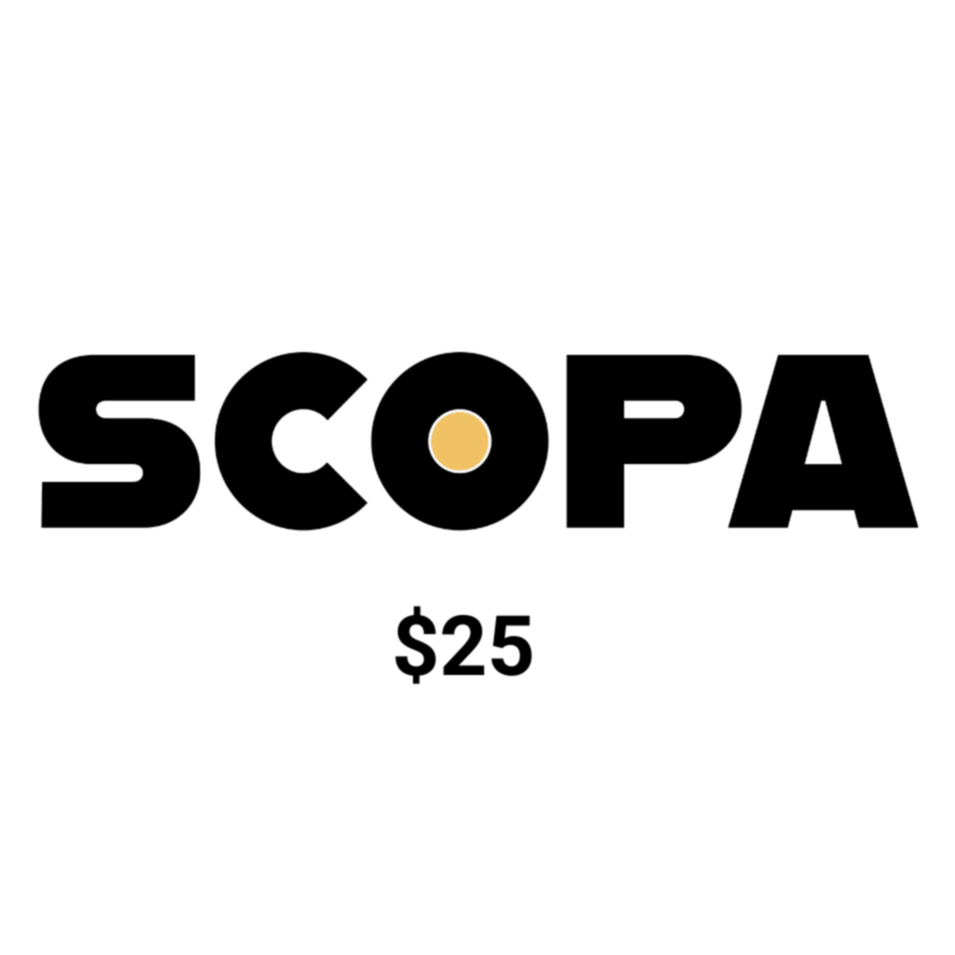




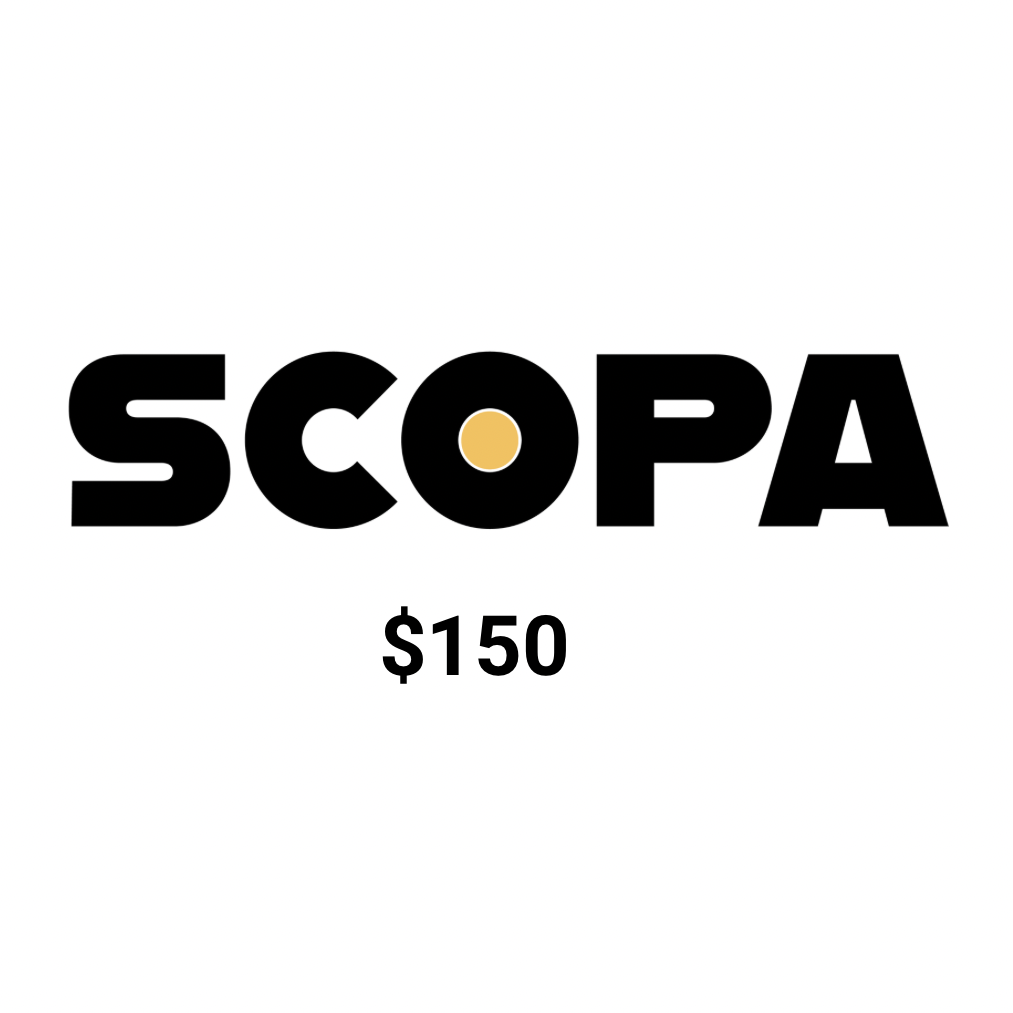
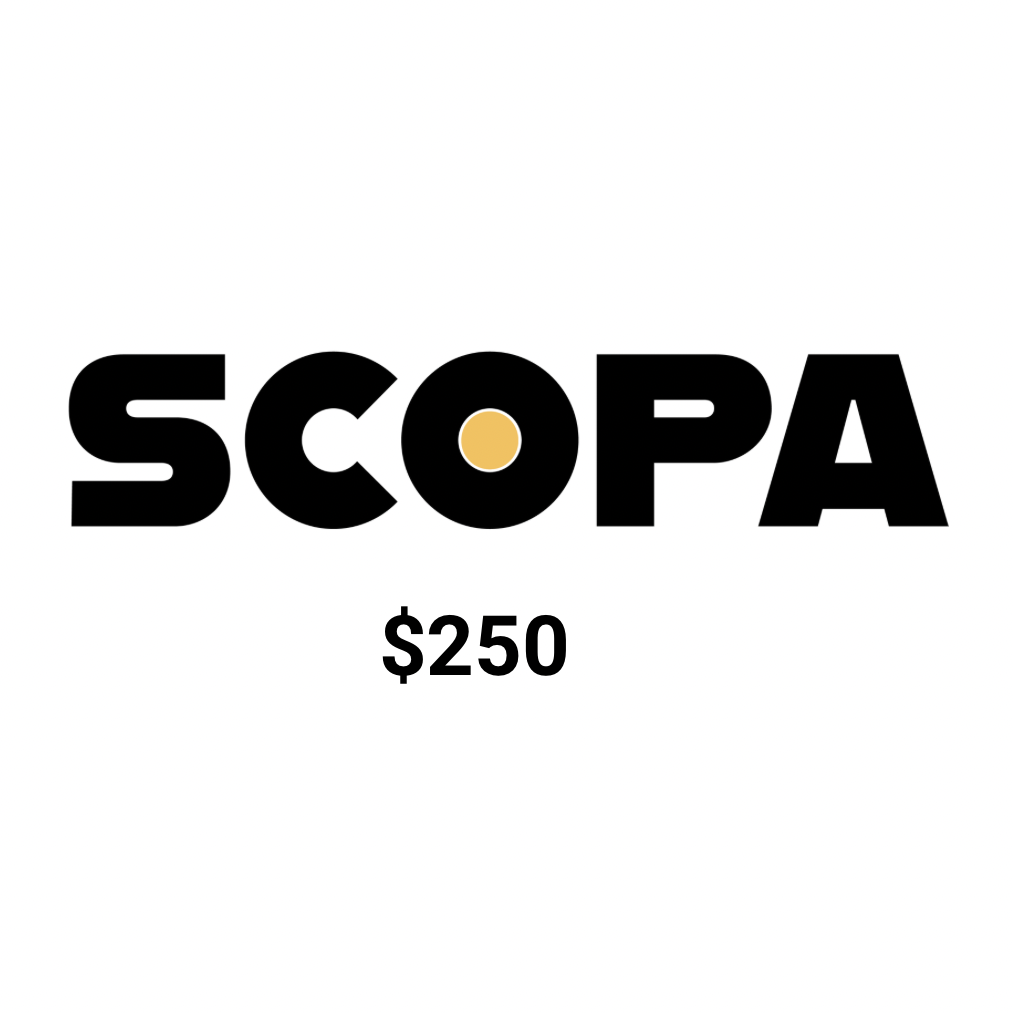
Scopa Gift Card
Let your loved ones choose the wild bee home and finish of their choice, with a Scopa Gift card.
The gift cards are delivered electronically and can be saved to people's Apple Wallets. They expire after 2 years and can be reissued if you lose track of it.
Pairs well with

Scopa Gift Card
Key Features
Solid Oak + Safe Outdoor Finish
All of our homes are built from solid white oak. On its own, that would be enough for them to last for two decades or more. But then we treat it with Osmo Country Colours and UV Protection: outdoor finishes safe enough to eat, but guaranteed never to flake or peel like a polyurethane.
Best of all, they're easy to maintain. After 3-5 years, just add another coat - no sanding required.
Deep Nesting Blocks In Multiple Sizes
Poorly designed insect hotels often come with holes that are only a few inches deep. This can result in the mother bees laying mostly male eggs, which can negatively impact the population the following season.
All of our nesting blocks have 5.5 inch deep holes without a rear opening. They aren't easy to make, but it's the right thing to do.
They also come with a range of hole sizes appropriate for multiple species.
Low-Density Nesting Sites
A large number of nesting sites in one location becomes an all-you-can-eat buffet for parasites.
By keeping the number of nesting sites low, we reduce the chances (though can't guarantee) that the nests will be invaded by parasitic wasps, flies, or beetles.
Best of all, this means there's no need to regularly clean out the blocks. (But you still can if you want to.)
No Rear Entry. Parasite-Resistant Nests.
Paper and bamboo nesting sites can be easily punctured by some parasitic wasps, allowing them to lay their eggs inside the nest. This can be made even worse if the back of these nests is not sealed, leaving a back door for parasites to enter.
All of our nesting blocks are made of solid white oak, and have no way in for parasites once the mother seals the front.
Individually Removable Nesting Blocks
Left exposed, a bee home can quickly turn into a bird feeder.
By making it easy to remove and place each block in a safe location after the nest is sealed off, you can reduce the exposure time and increase the changes that the young bees will reach adulthood.
Waterproof Wood Glues + Joinery
You won't find a single nail holding any piece of these homes together. Each is assembled entirely with joinery and waterproof wood glues that are stronger than the wood itself.
If there's nothing to rust, there's nothing to wear out.
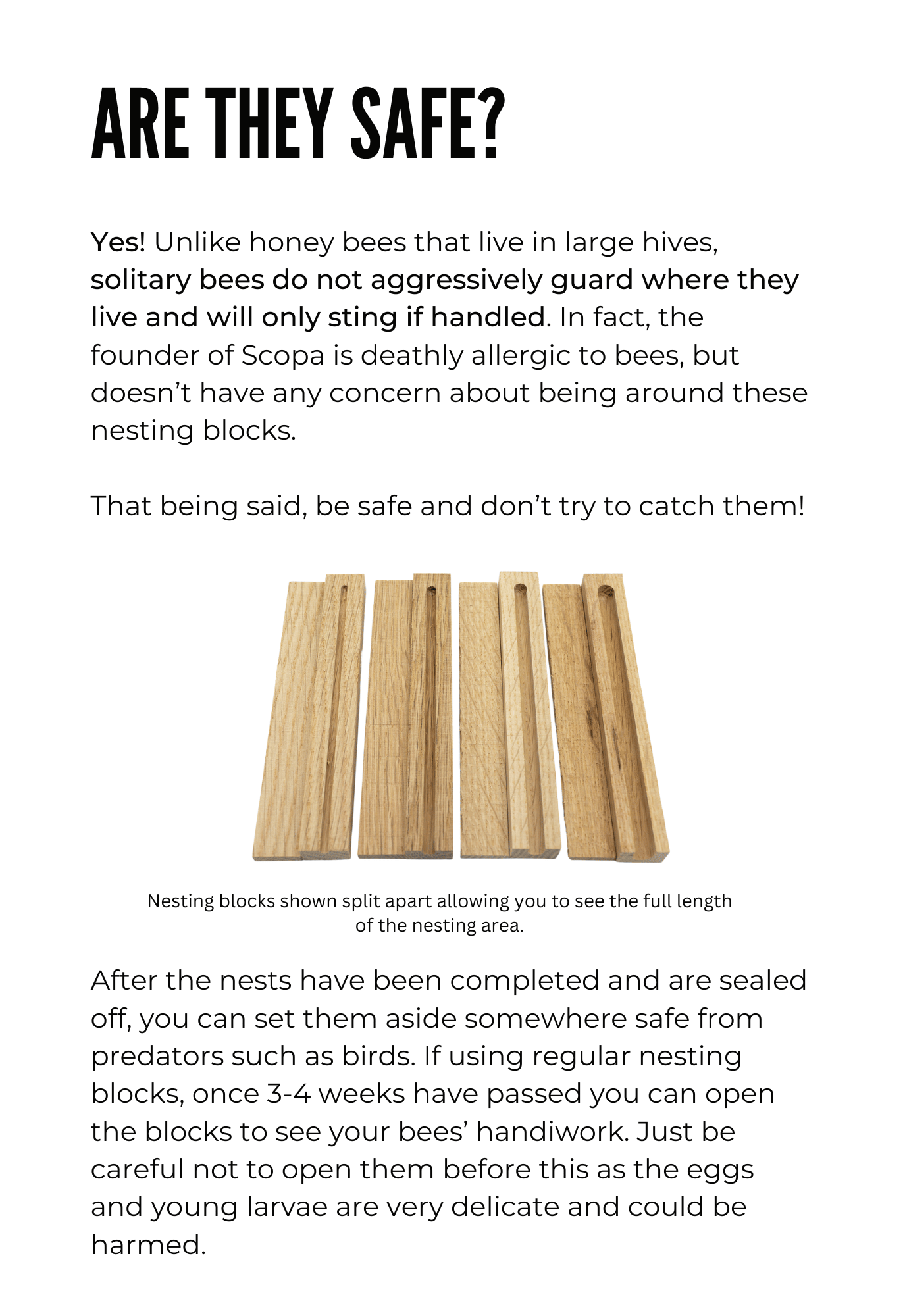
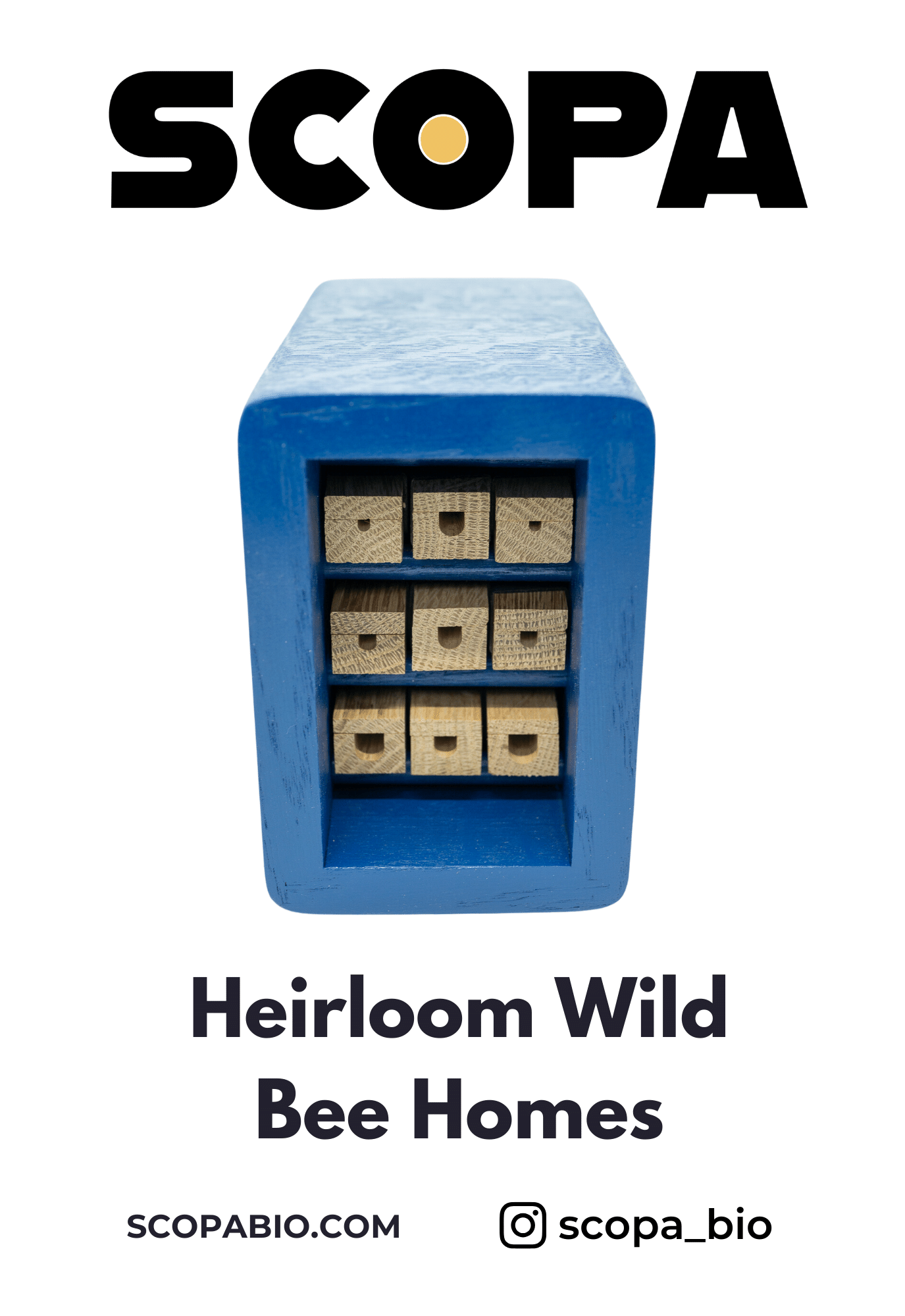
See Our Bee Home Guide
Our guide covers the basics about native bees and how to set up and maintain our bee homes. Download our guide to see how easy it is to get started!
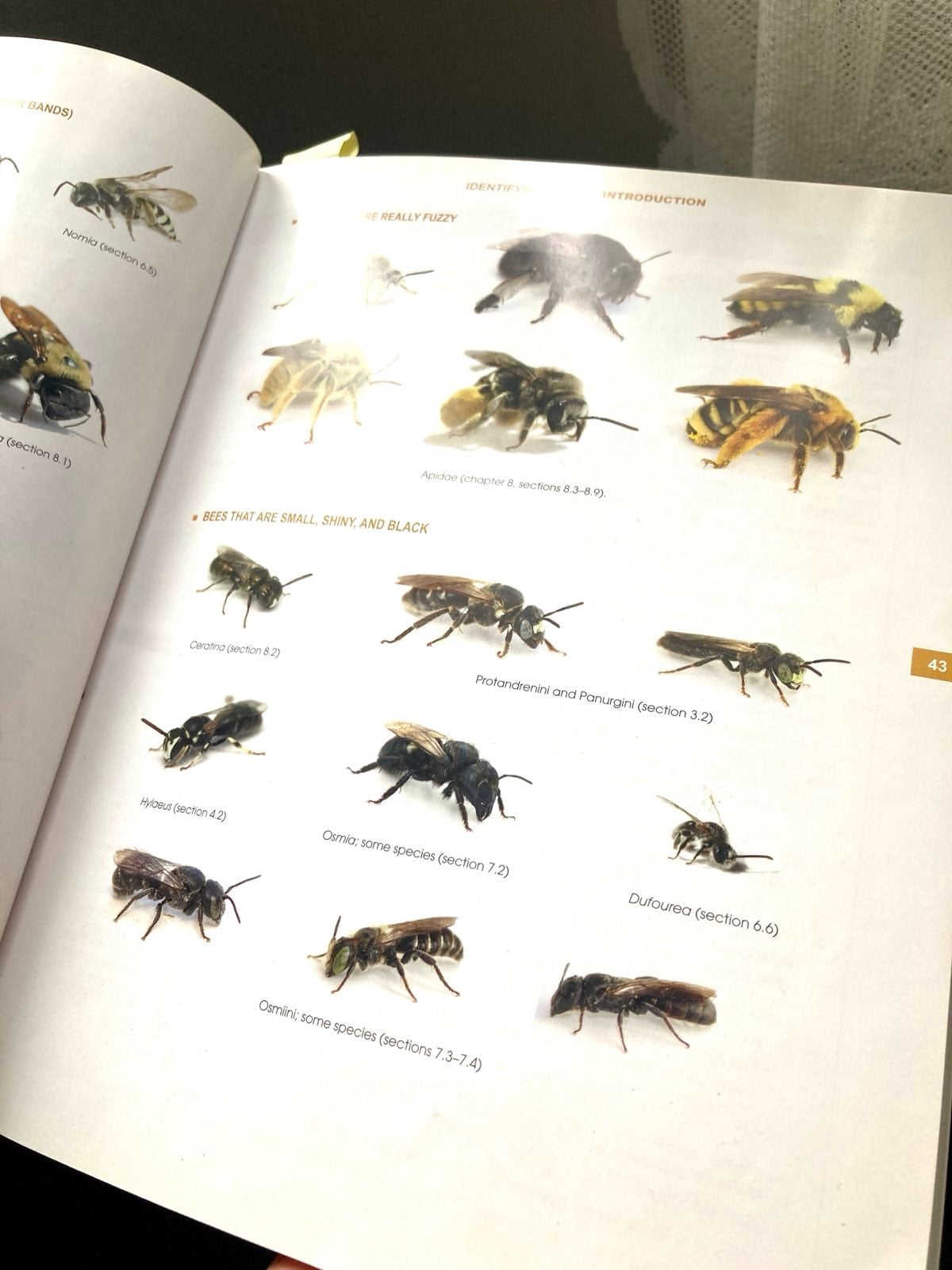
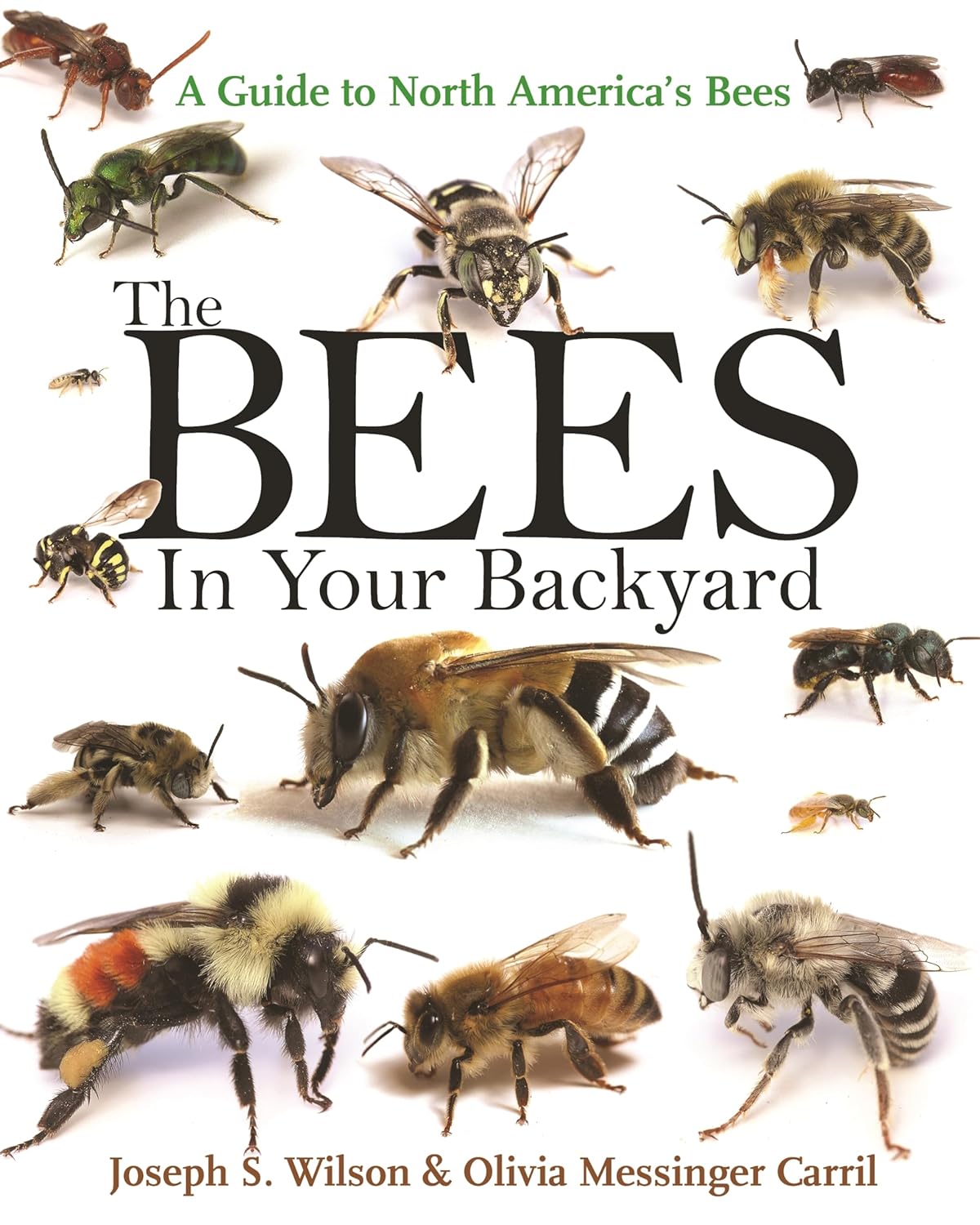
Learn More About Wild Bees
The book The Bees In Your Backyard is an amazing resource for both novices and experts. If you're looking to understand the native bees in your area and which things to grow to best support them, this is the perfect place to start.
FAQs
Please read our FAQs page to find out more.
Why are there different hole sizes in the blocks?
The range of block sizes we have appeal to different species, and even to individual preferences within a species. By providing a range of hole sizes in 1/16" increments, it helps ensure that each bee will find a size of hole suitable for raising her young.
How do you clean the nesting blocks?
Cleaning out the blocks themselves is optional. If you would like to, it can be done by removing the top and using any appropriate tool to clean out the hole. To further ensure they are sanitized, you can bake them at 200°F for 2 hours.
If your nesting block attracted wasps, you should be aware that cleaning it may not be for the squeamish. You may find the remains of spiders or insects that the wasp left for its young, so be prepared for that!
While it's common to hear concerns about diseases spreading in bees because of blocks that have not been cleaned out, this is often only true of bee homes with a high density of nesting sites, and our experience suggests that this is not a problem for low-density nesting sites like ours.
Where do I place the home?
Generally, you want your bee home to be placed in a location that gets some sunlight, with the nesting block openings facing (roughly) south so that they are exposed to the sun for most of the day. The exception to this is if you live in a very hot climate, where bees will tend to look for more shady areas. If you aren't having success in one location, try another!
If possible, place the bee home near a patch of flowers or a flowering tree or shrub so the bees won't need to travel far to find pollen and nectar.
Placing the home on existing trees or wooden structures can also be helpful, as bees will often look in these locations for holes to nest in. However, if that's not an option, the home can also be placed on its own, as a free-standing pole, though we've had mixed results with this approach in practice.
The bee home comes with a mount for placing it on an existing structure, and a stand-alone post can be ordered separately.
How can I learn more about wild bees?
One of the best books on the topic that covers North American bees is The Bees in Your Backyard. It allows you to both get a high-level overview or go deep into different groups of bees. Highly recommended!

